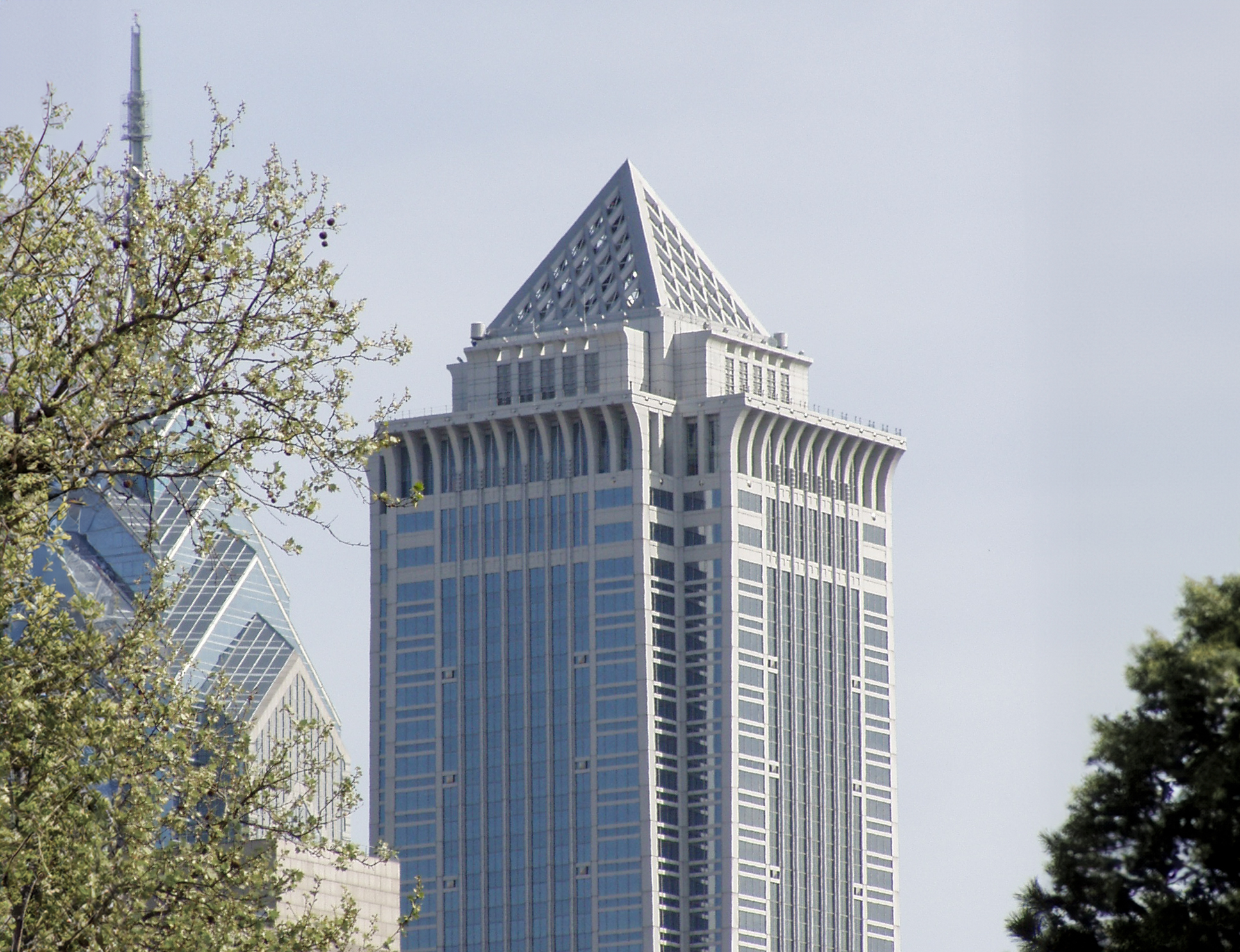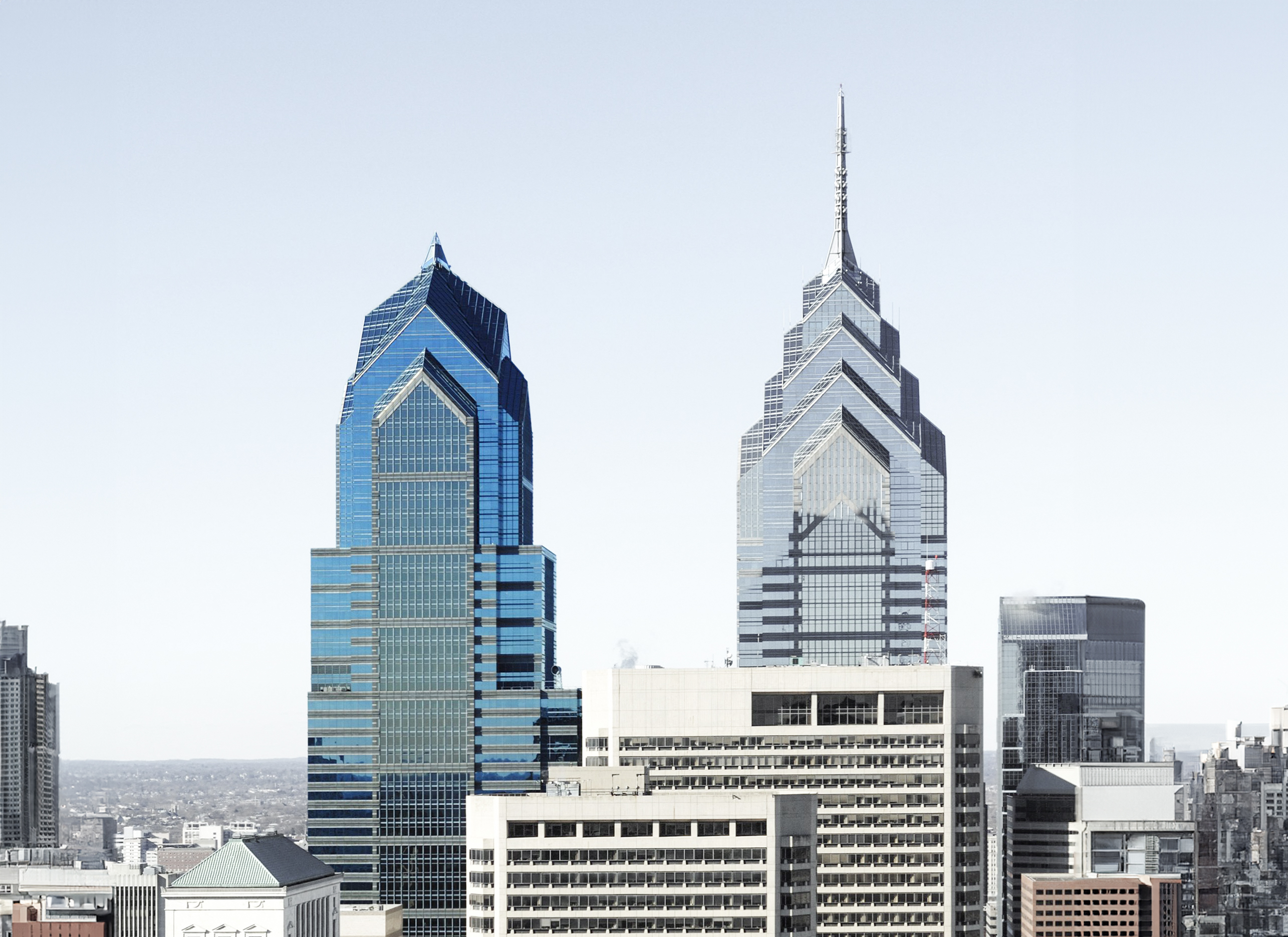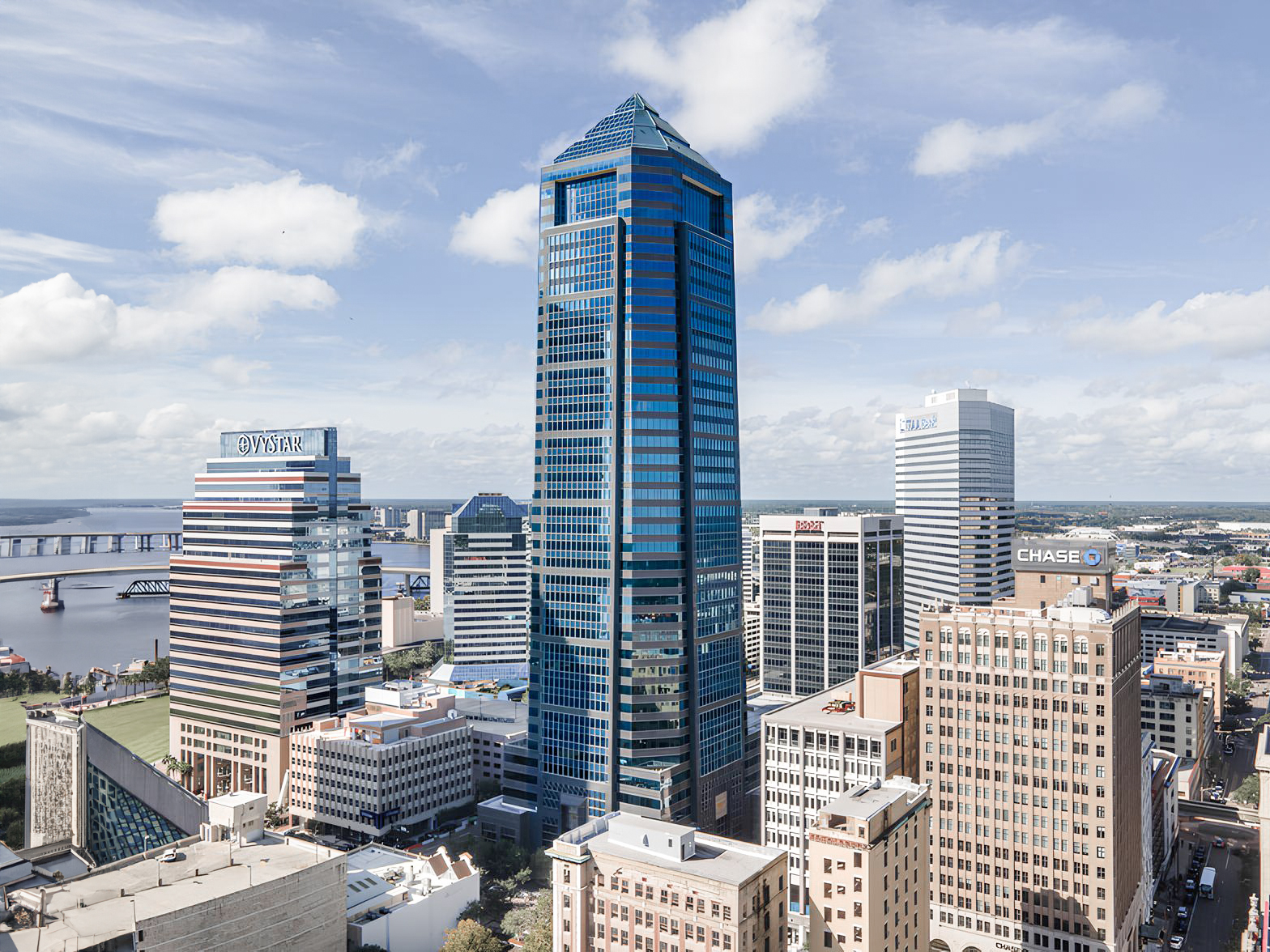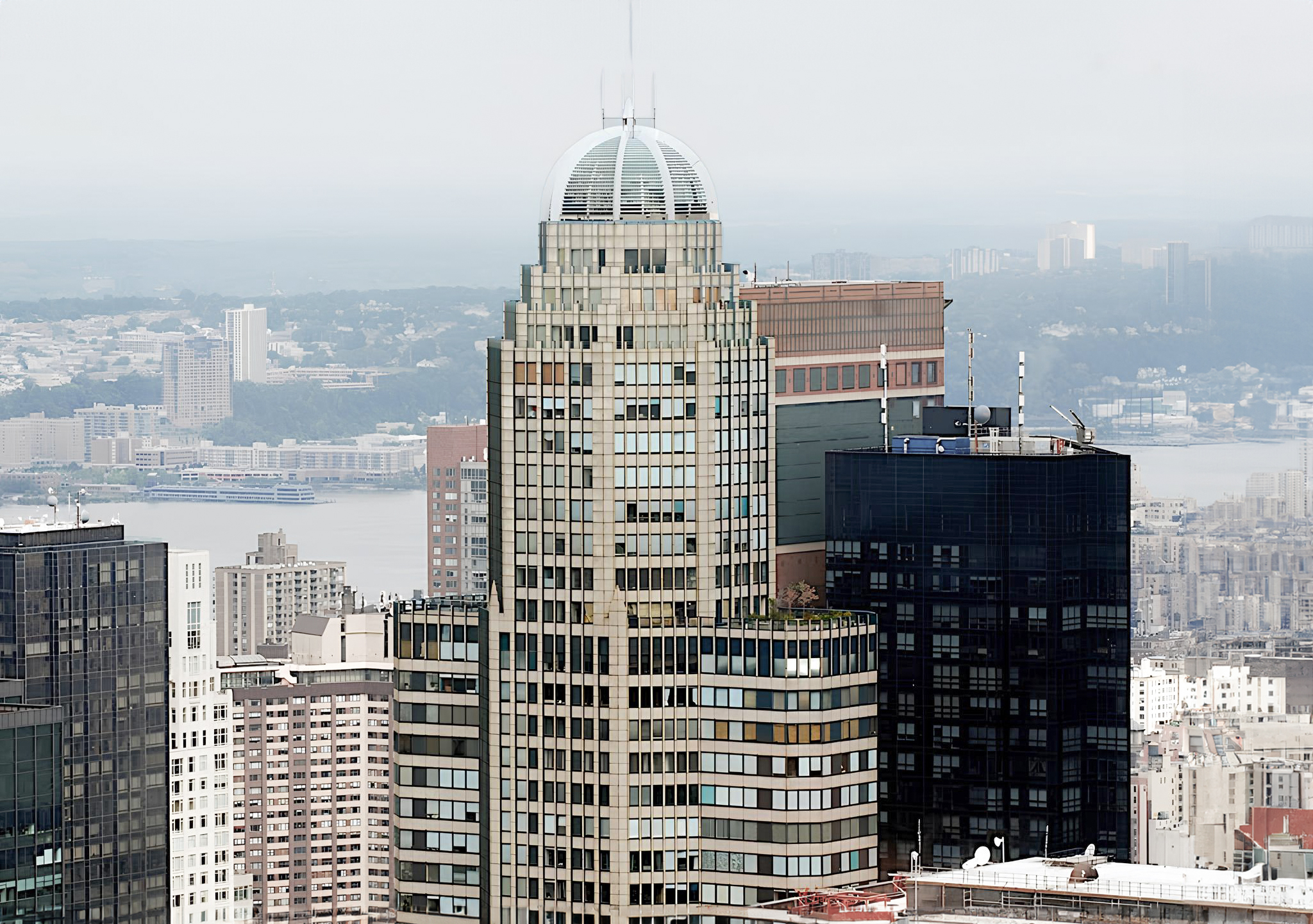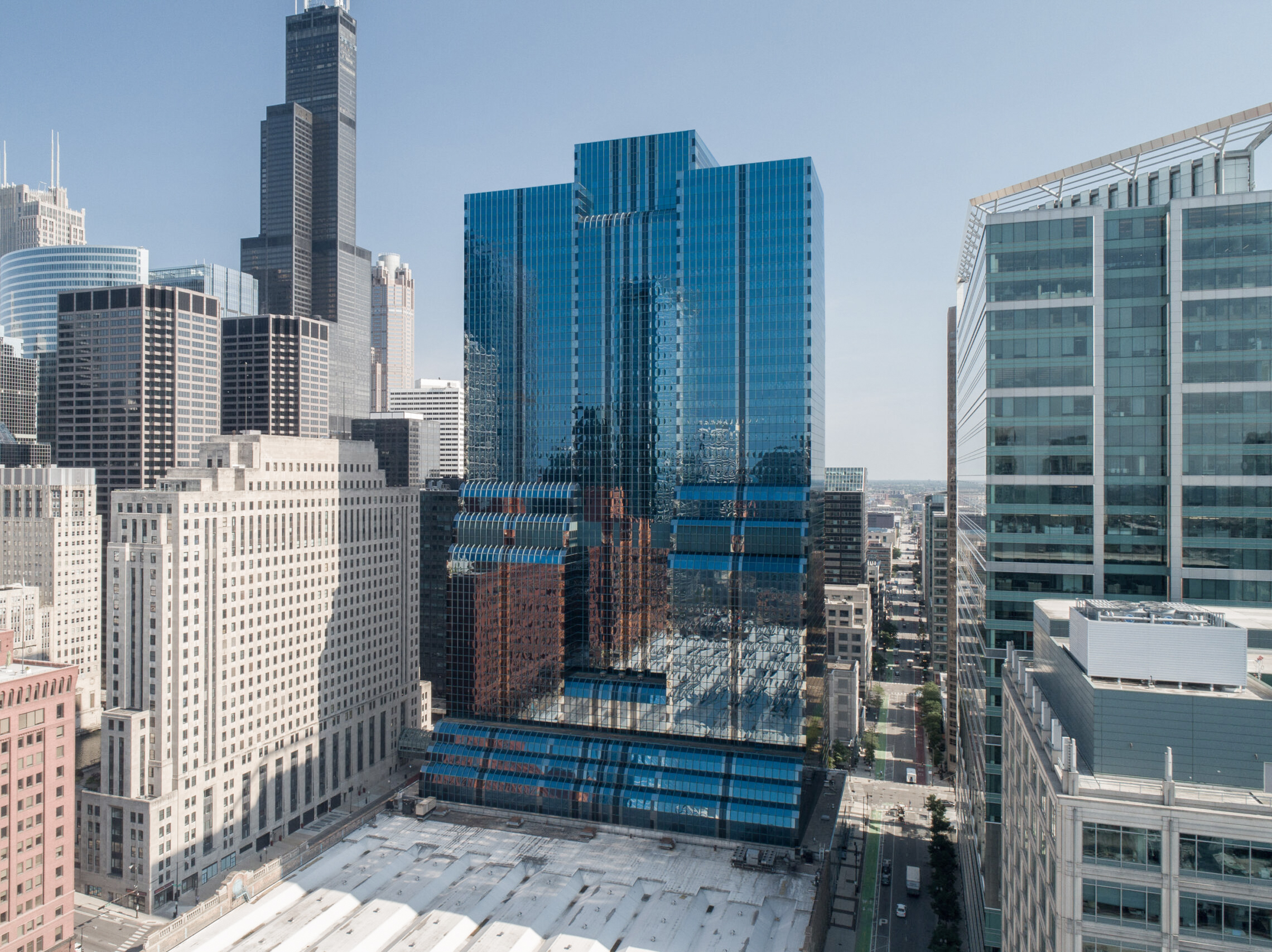The One Liberty Place Building is a Postmodernist skyscraper designed between 1984 and 1985 by Murphy/Jahn Architects, with Helmut Jahn as lead architect, and built between 1985 and 1987 in Philadelphia, PA.
Its precise street address is 1650 Market Street, Philadelphia, PA. You can also find it on the map here.
The One Liberty Place Building has received multiple architecture awards for its architectural design since 1987. The following is a list of such prizes and awards:
- TOBY Award in 2017
- TOBY Awards in 2018
The One Liberty Place, together with the Two Liberty Place, the Shops at Liberty Place shopping mall and the Westin Philadelphia Hotel, make up the Liberty Place Complex.
The One Liberty Place used to have an observatory deck, but it was permanently closed in September 2021.



